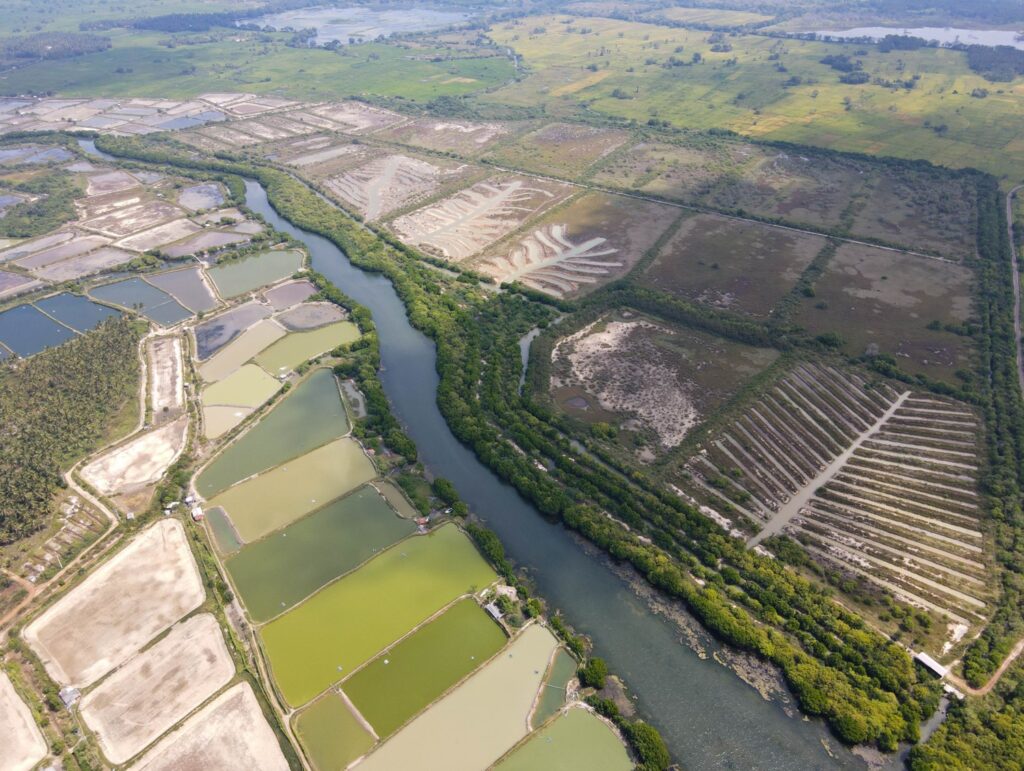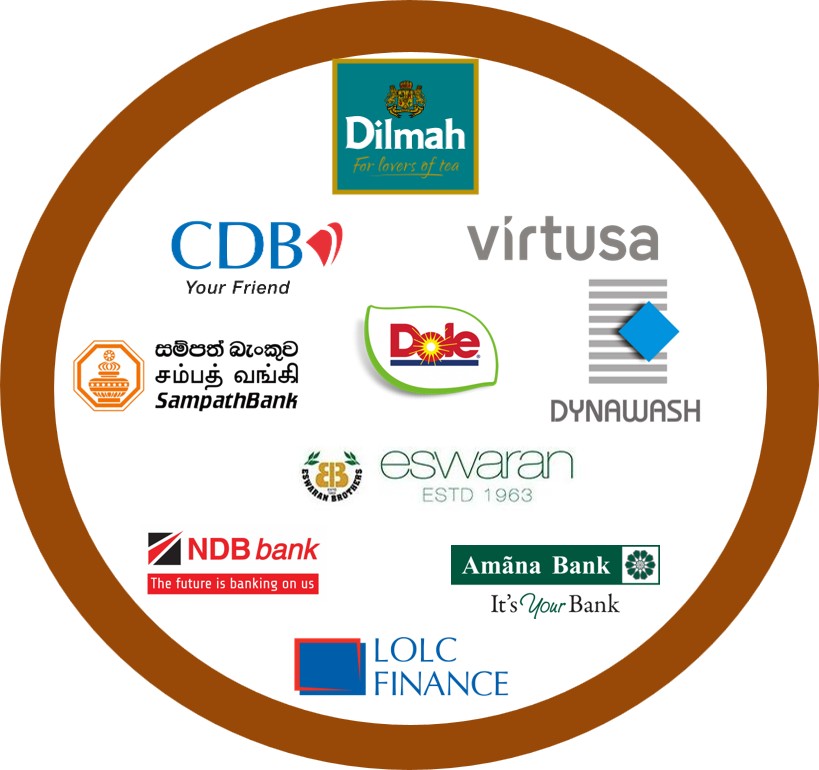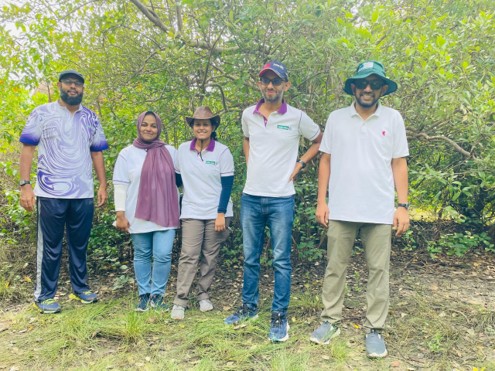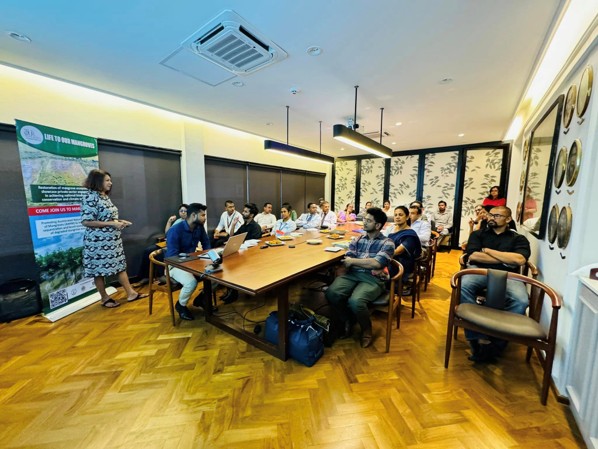
Biodiversity Sri Lanka (BSL) continues to lead the way in mangrove restoration with its Life to Our Mangroves (LOM) project, a collaborative effort aimed at revitalizing the Anavilundawa Ramsar wetland sanctuary. This vital ecosystem, located in Sri Lanka’s North Western Province, has faced significant degradation due to environmental changes, but through strategic partnerships and scientific restoration efforts, it is being restored to its natural state.
Scaling Up Restoration Efforts
With the support of 10 key partner organizations, including Dilmah, Sampath Bank, CDB, NDB, Dole, Dynawash, Easwaran Brothers, Virtusa, LOLC Finance, and Amana Bank, BSL is actively working on restoring 13.96 hectares of mangrove and associated ecosystems. Of this, 6.06 hectares are designated for true mangrove restoration, while 7.9 hectares are being developed with mangrove-associated and dry-zone vegetation to enhance habitat connectivity. Progress has been steady, with plot 7 demonstrating an 80% survival rate for 3,000 newly planted true mangroves. Approximately 3,000 Avicennia spp. seeds have been scattered to encourage natural regeneration, and 750 additional nursery plants have been introduced. Plots 20 and 21 now feature a fully operational plant house housing 1,000 dry-zone plants, with 300 already mature enough for field planting. Meanwhile, in plot 5, invasive species are being systematically removed, and canal dredging is scheduled for early 2025, ensuring optimal water flow before new plantings begin.

Integrating Carbon Finance and Climate Resilience
A major component of the LOM project is leveraging carbon offsetting as a sustainable funding mechanism. BSL has initiated a pre-feasibility carbon assessment in partnership with the Sri Lanka Climate Fund under the Ministry of Environment, which includes soil analyses and potential valuation of carbon sequestration efforts. Although government directives currently limit carbon finance crediting for extensive mangrove restoration, carbon offsetting remains a promising avenue that BSL is actively exploring.
To further ensure the long-term viability of the wetland and its surrounding communities, BSL is developing a climate adaptation plan. This initiative, carried out in collaboration with the Climate Change Secretariat, Global Green Growth Institute (GGGI), and the Centre for Poverty Analysis (CEPA), involves a socio-economic assessment to understand community interactions with the ecosystem. Additionally, BSL is working with the Green Movement (GMSL) to conduct a baseline study, providing essential data to tailor conservation efforts effectively.






Strengthening National Conservation Strategies
BSL is playing a crucial role in aligning its restoration work with national environmental goals. One key focus is updating Sri Lanka’s mangrove mapping, which currently relies on outdated 1985 aerial imagery. This effort, supported by World Vision, will provide accurate, up-to-date data essential for future conservation planning. Additionally, BSL is actively contributing to the Anavilundawa Sanctuary Management Plan, ensuring that restoration efforts are integrated into broader conservation strategies.
Empowering Communities Through Ecotourism and Education
The Life to Our Mangroves project is not just about ecological restoration; it is also fostering sustainable livelihoods for local communities. BSL is exploring sustainable ecotourism opportunities within the restored wetland area, offering alternative income sources while raising awareness about the importance of mangrove ecosystems. Future plans include educational programs, guided tours, and community-led conservation initiatives to deepen public engagement with wetland conservation.

A Model for Private Sector-Led Conservation
The LOM project stands as a leading example of corporate-driven conservation, demonstrating how businesses and environmental organizations can work together to achieve impactful restoration. With ongoing advancements in carbon finance, climate adaptation, and ecological restoration, BSL and its partners are paving the way for a more resilient and sustainable future for Sri Lanka’s wetlands. Mangroves are a lifeline for biodiversity, coastal protection, and carbon sequestration. Through the continued dedication of its partners, BSL remains committed to ensuring that these critical ecosystems are preserved and restored for generations to come.
#LifeToOurMangroves #MangroveRestoration #BiodiversitySriLanka #SustainableSriLanka #CarbonOffsetting #ClimateResilience



